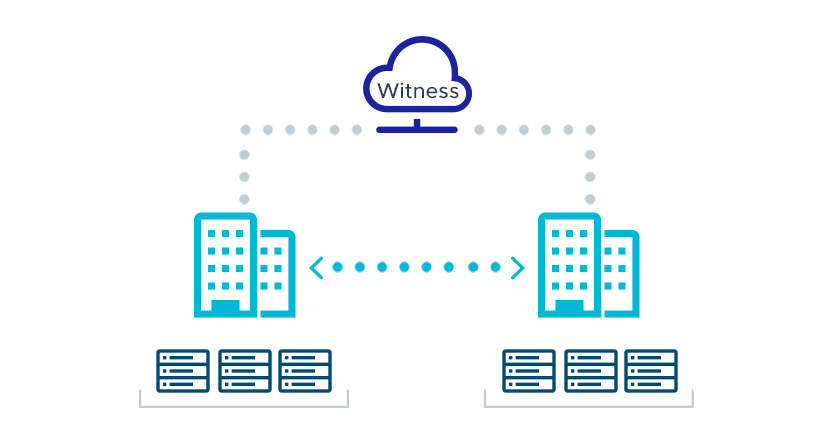- Yes, your internet provider can throttle your speed. Here's how to stop it (or at least try to)
- Half of Firms Suffer Two Supply Chain Incidents in Past Year
- Data strategy e qualità del dato: come gettare le basi per implementare l’AI
- INE Security Alert: $16.6 Billion in Cyber Losses Underscore Critical Need for Advanced Security Training
- From help desk to AI harmony: Redefining IT support in the age of intelligent automation
2-Host Entry Scale Stretched Clusters – Cloud Blog – VMware

Stretched Clusters empower customers all around the world to bring their mission critical applications to VMware Cloud on AWS without compromising on availability or resiliency. This powerful technology has been a cornerstone of VMware Cloud. We previously announced a new low-cost entry to the service with the release of 4-Host Stretched Clusters. Today we’re excited to announce the final iteration of our effort to make Multi-AZ resiliency available to customers of any size. Entry scale Stretched Clusters now allow a Multi-AZ deployment to be created with as few as 2-Hosts!
When to use a 2-host Stretched Cluster
2-Host
entry scale Stretched Clusters provide additional resiliency above and beyond a
traditional Single-AZ SDDC. This is because the SLA carries no dependency on
the underlying AZ. A Single-AZ non-stretched cluster offers a 99.9%
availability guarantee, but only as long as the underlying AZ is available. If
the AZ itself encounters an outage, the service would be unavailable until AWS
restored the AZ.
A 2-host
Stretched cluster has no such restriction. Even in the event of a complete AZ
failure, we guarantee 99.9% availability. Furthermore, an entry scale stretched
cluster is still a stretched cluster. Any 2-host stretched cluster can obtain
the additional ‘9’ at any point by scaling up to a 6-host cluster and updating
the storage policy to match the 99.99% SLA requirements.
Considerations
It is
important to note that 2-host stretched clusters are currently a starting
configuration. The service supports scale-out on 2-host using either the UI/API
and or Elastic DRS. However, that scale event is one way. If scaled up to a
4-host stretched cluster for any reason the cluster cannot be scaled back down.
Summary
2-host Stretched Clusters enable customers to realize Multi-AZ resiliency without significantly increasing the resources requirements. If you’ve been considering VMware Cloud but found Single-AZ too risky and Multi-AZ too costly, then 2-Host Stretched Clusters maybe your just-right solution.
For more information related to VMware Cloud on AWS, here are some more learning resources for you:

